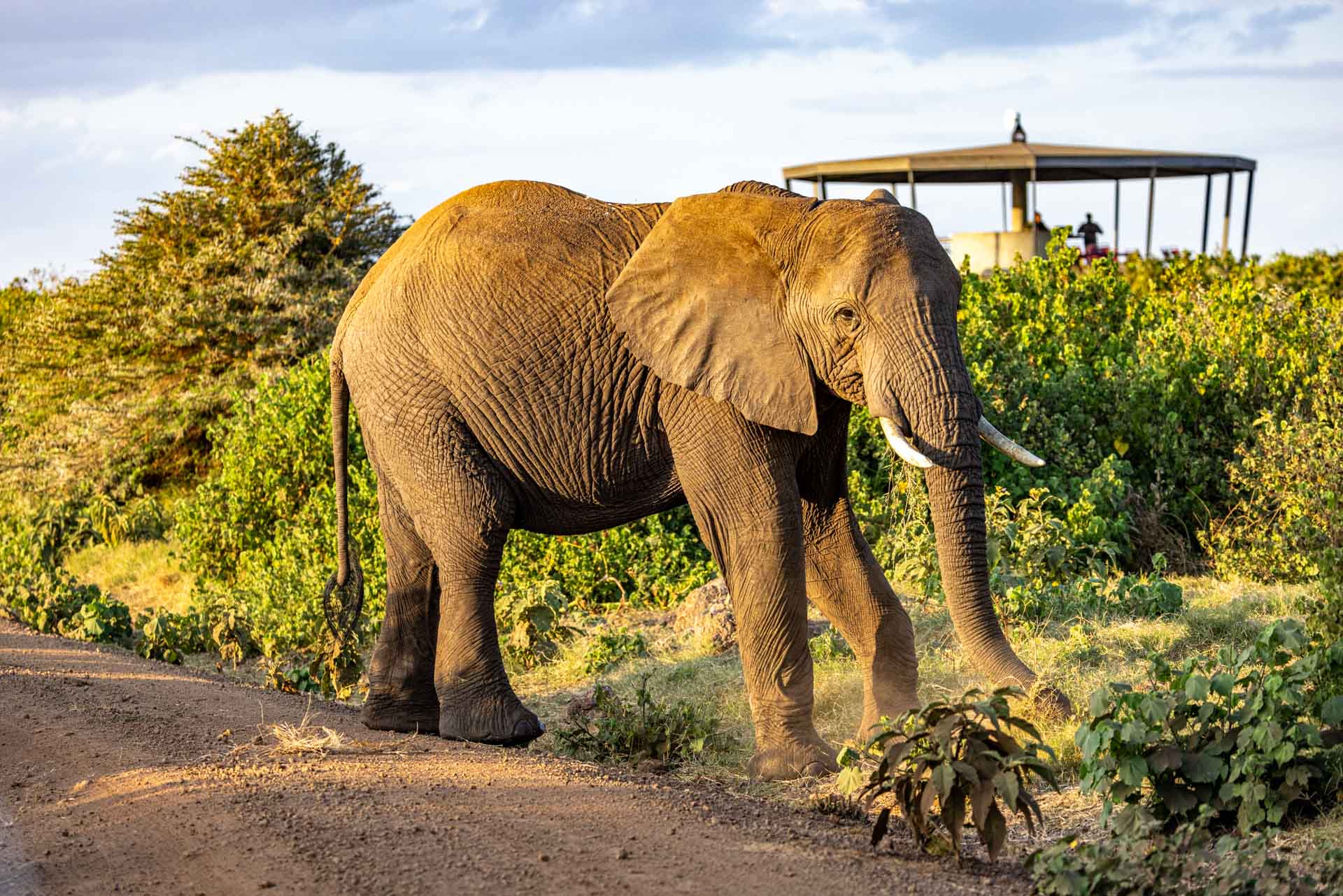
Accompanying our Guests to the Mnara, we were greeted by several elephants on the short drive. About nine stood silently in front of our vehicle, peacefully feeding, and we watched as the sun dipped below the horizon and noticed the large moon rising from the west. The peak of the lunar cycle marked this remarkable celestial event, but it also included a partial lunar eclipse. This occurs when the Earth passes between the sun and the moon, casting a shadow on the lunar surface — called a supermoon, as it appears larger and brighter due to its proximity to Earth.
As the moon passed through Earth's shadow, a portion of its surface was obscured, creating a unique and striking contrast. The eclipse also had a reddish hue because of the scattering of sunlight by Earth's atmosphere. The supermoon's size, the eclipse's partial obscuration, and the striking hue created a truly captivating celestial display.
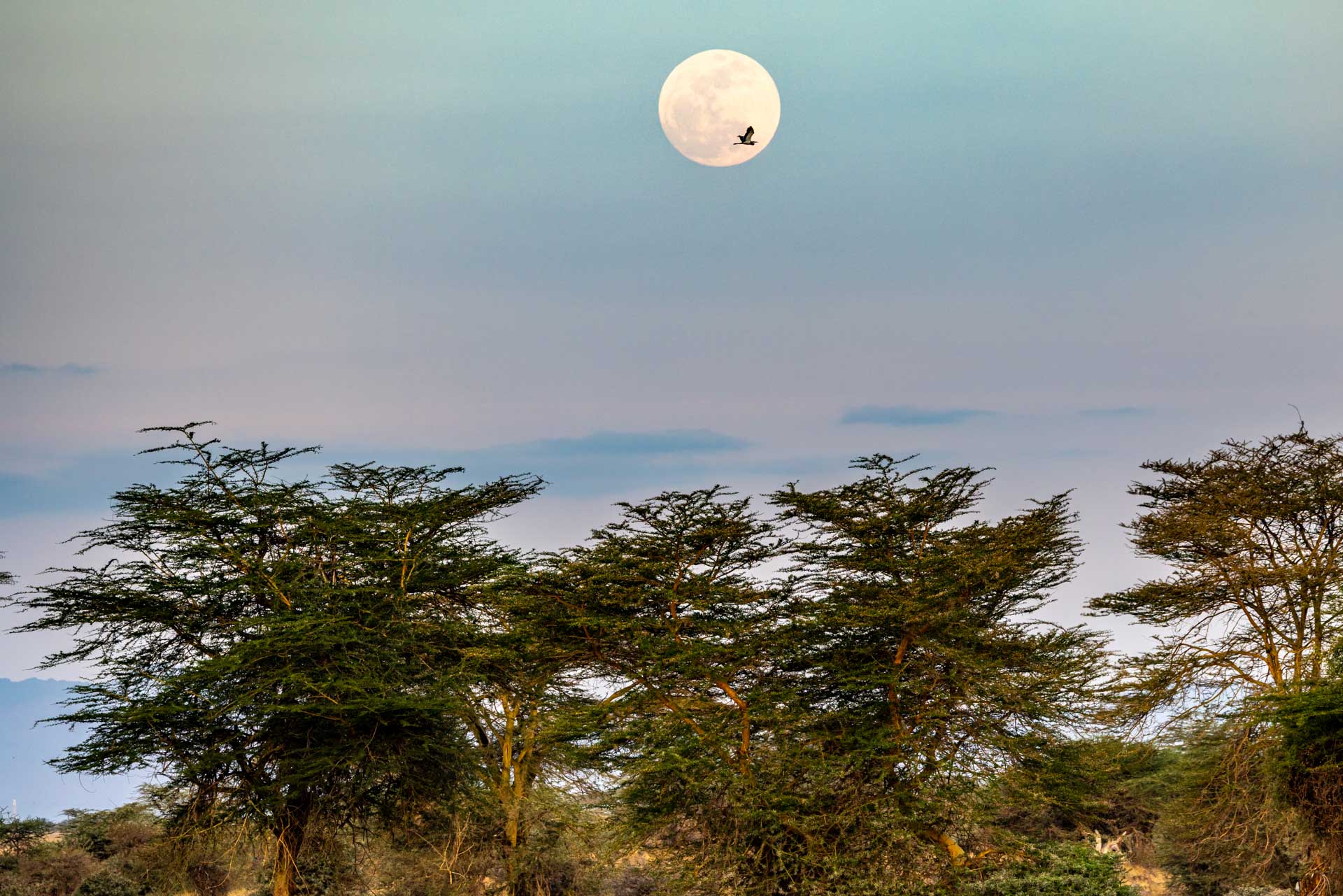
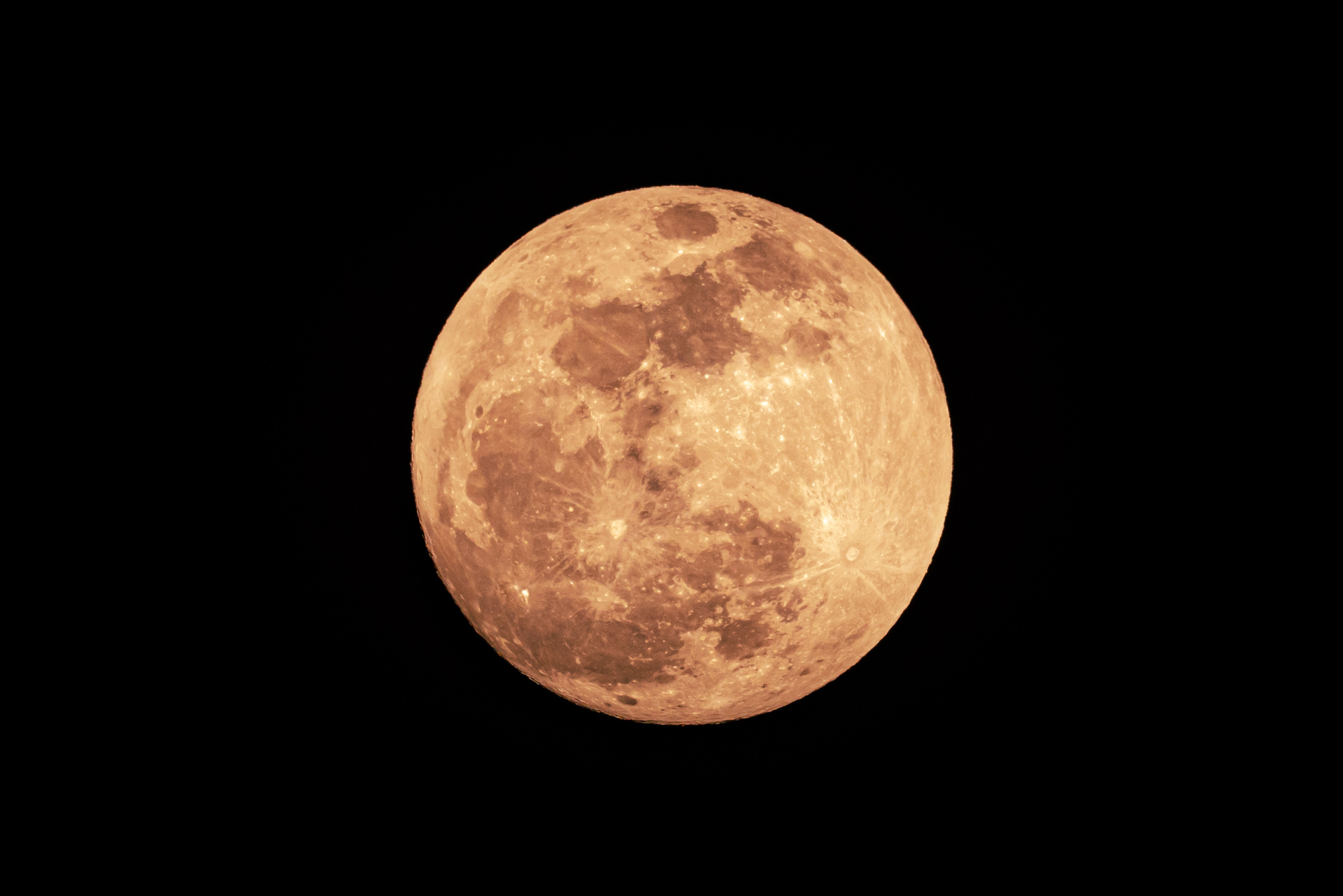
In this part of Kenya, there has been a unique ecological phenomenon where two distinct species have crossed paths and hybridised. This bird is a cross of the Fischer's and the yellow-collared lovebirds. Their hybridisation has led to a feral population of hybrid lovebirds from Kenya and Tanzania.
These hybrids have proven to be fertile and have ensured the continuation of the lineage, showcasing these birds' incredible adaptability to survive. There are several species of lovebirds, but the name comes from their strong, monogamous pair bonding and their affectionate behaviour towards their mates, such as preening each other and feeding each other. This pair was spotted at the Kilimanjaro Balloon Safari launch site.

The idea of ballooning over the wilderness of Kenya was perhaps first mentioned in a novel by Jules Verne, Five Weeks in a Balloon, published in 1862. Inspired by the book, Anthony Smith flew a hydrogen balloon 100 years later. Accompanying Smith was cameraman Sir Alan Root, who realised that balloons offer a bird's-eye view and one of the best ways to film wildlife. They believed the balloon was the perfect way to enjoy the majesty of the Kenyan landscape.

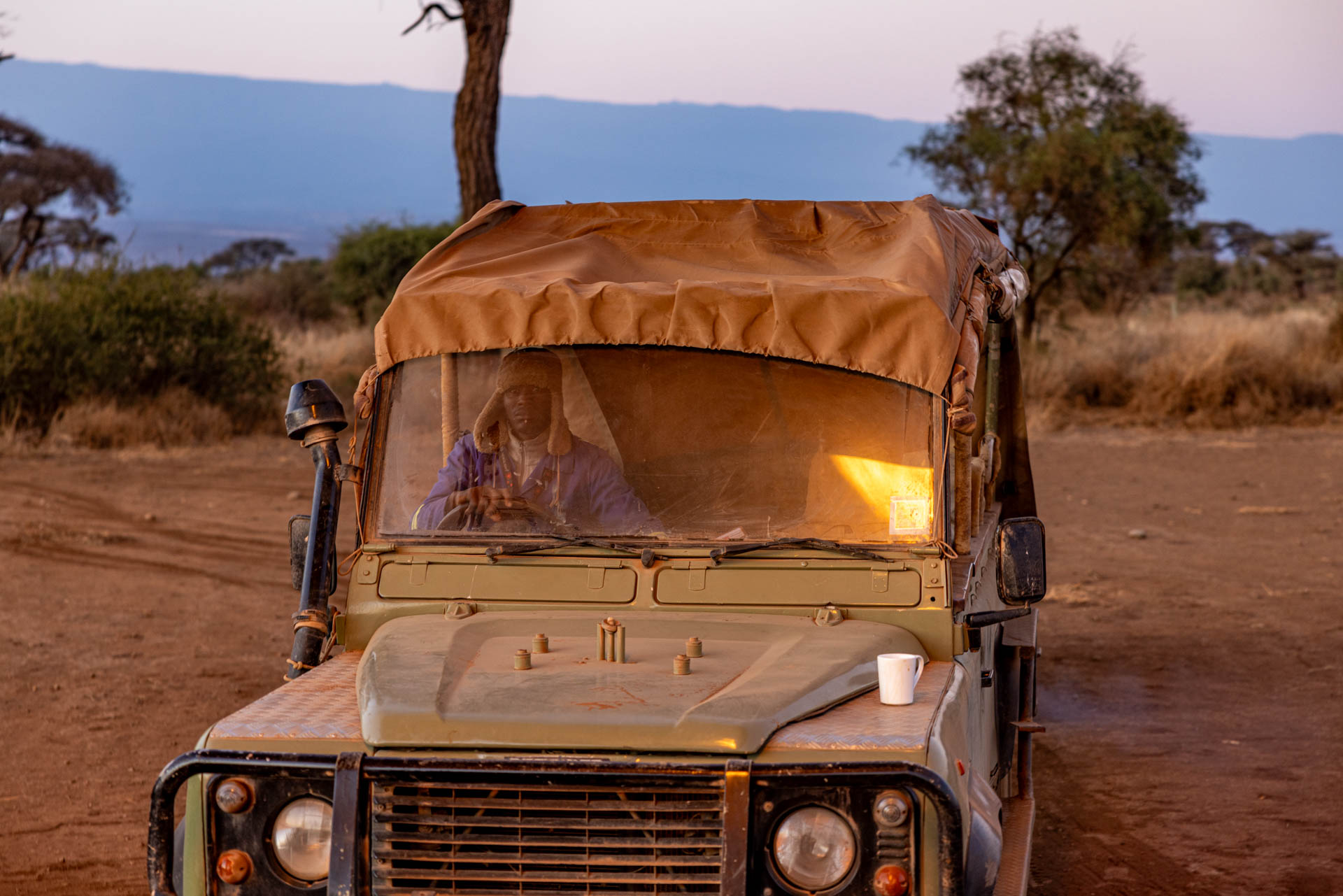
I had my first chance to experience a balloon ride over Amboseli and it was nothing short of magical. After several days of clouds, it was a clear morning, not a cloud in sight. We set off under a night sky still filled with bright stars. As they slowly faded, Mount Kilimanjaro began to emerge, its peak turning golden as the sun rose in the east. The warm glow spread across the land, illuminating everything in sight. I enjoyed meeting Daniel Beckwith, a remarkable third-generation balloon pilot. He has flown balloons in various places around the world, including Germany, Spain, the UK, the Netherlands, Namibia, and now Kenya.

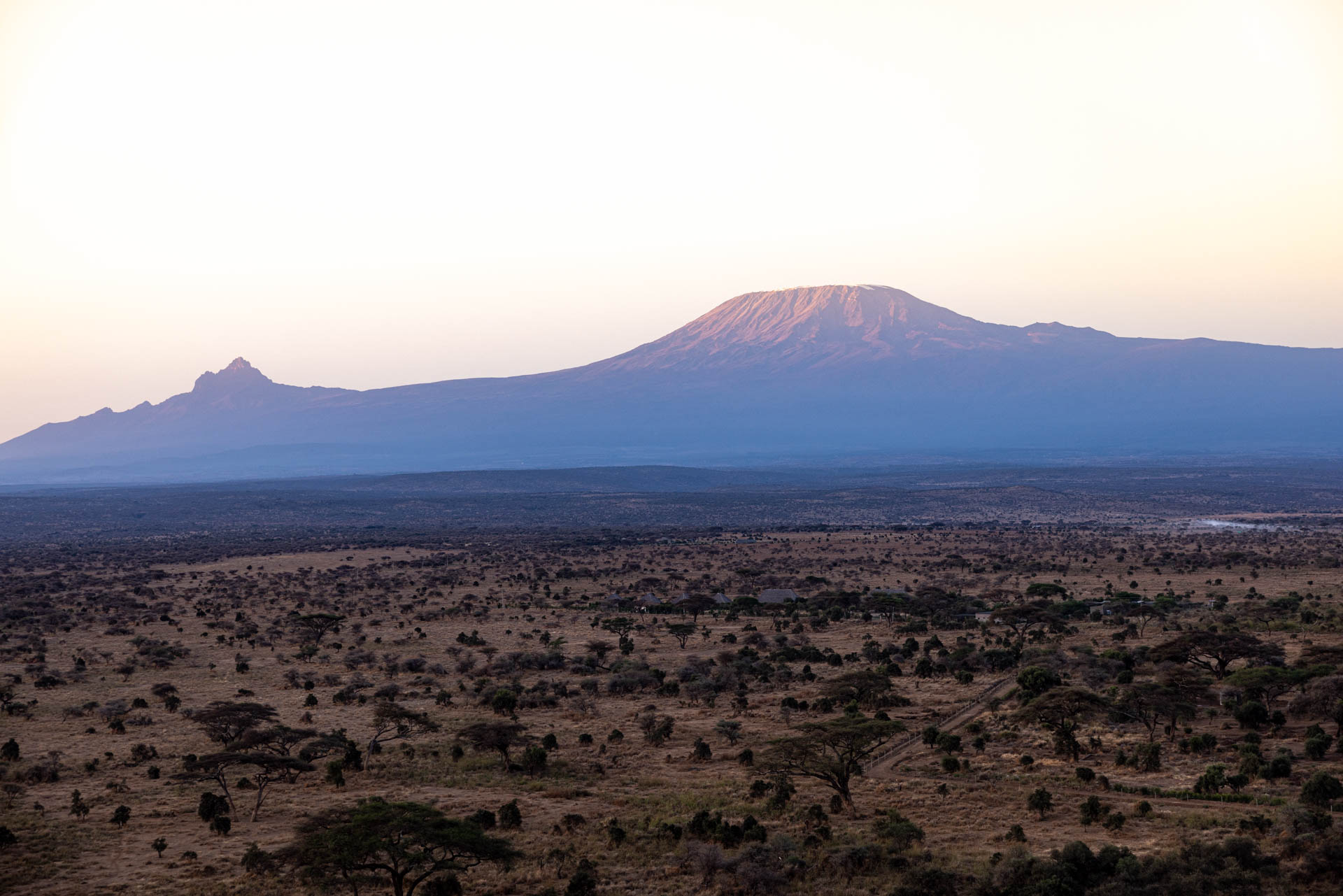
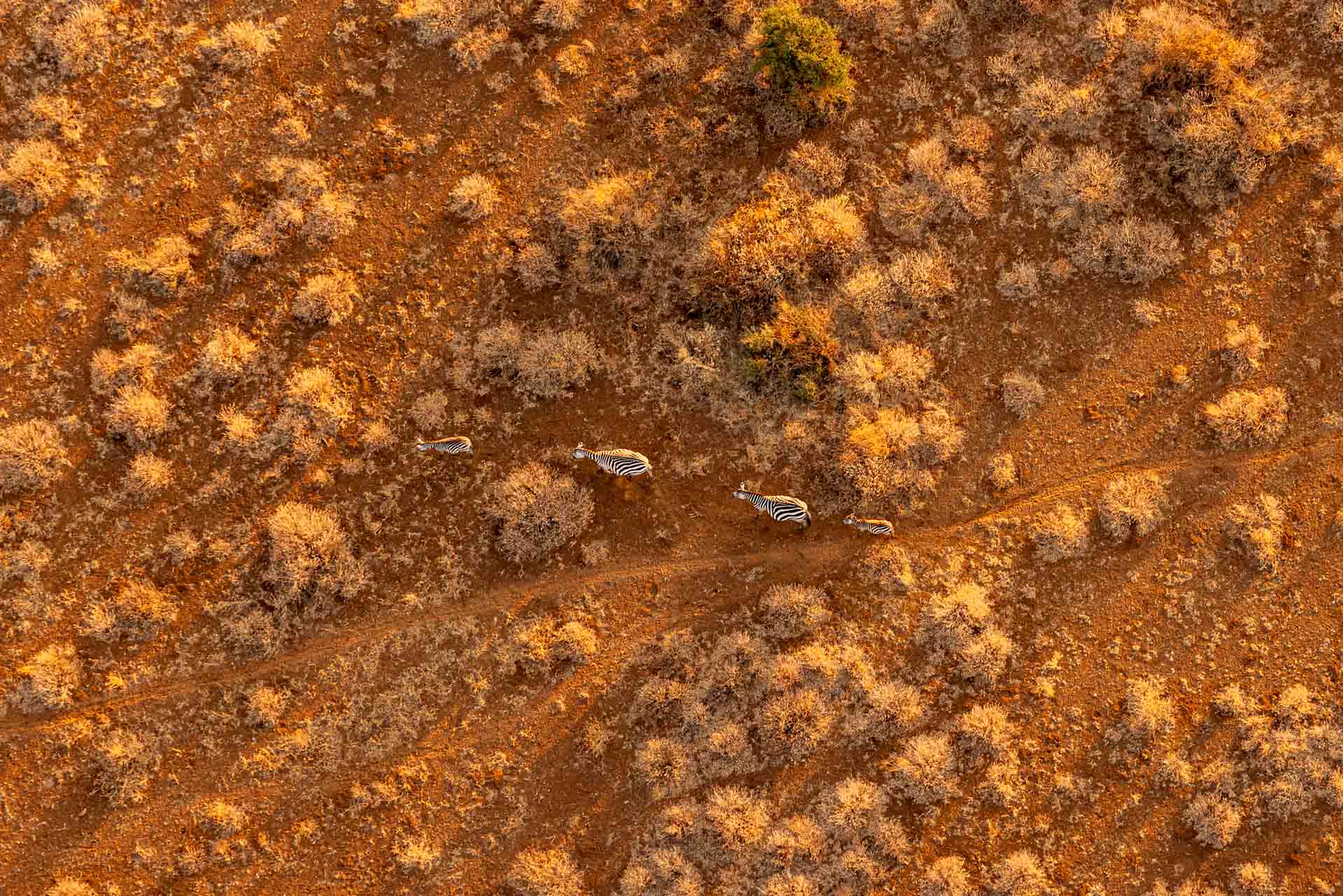
Near the boundary of Kimana Sanctuary, there is a growing population of hippos. One is very young, maybe even a few days old, as it is new to Salash, who frequently visits the area. Hippos have incredibly strong social bonds that help raise their young. Typically, hippos will be about 50 pounds at birth, but by the age of two hey can reach 2,000. Seeing more hippos feeling comfortable in the Sanctuary is a good sign, as it implies conditions are ideal for their population to grow.


Though I’ve interacted with Craig, the Super Tusker, several times now, each encounter is extraordinary. This 52-year-old tusker, born to Mwema (mother) and Tim (father), has made a remarkable impact on the local economy and supported conservation efforts in the region as he has become the poster boy for the area. Monitored his entire life, Craig is described by renowned elephant researcher Cynthia Moss from Amboseli Trust for Elephants as a gentle soul with a calm and peaceful demeanour. He frequently engages with other elephants in a friendly, cooperative way without showing any signs of aggression or dominance. He has approached safari vehicles with curiosity and even playful behaviours.
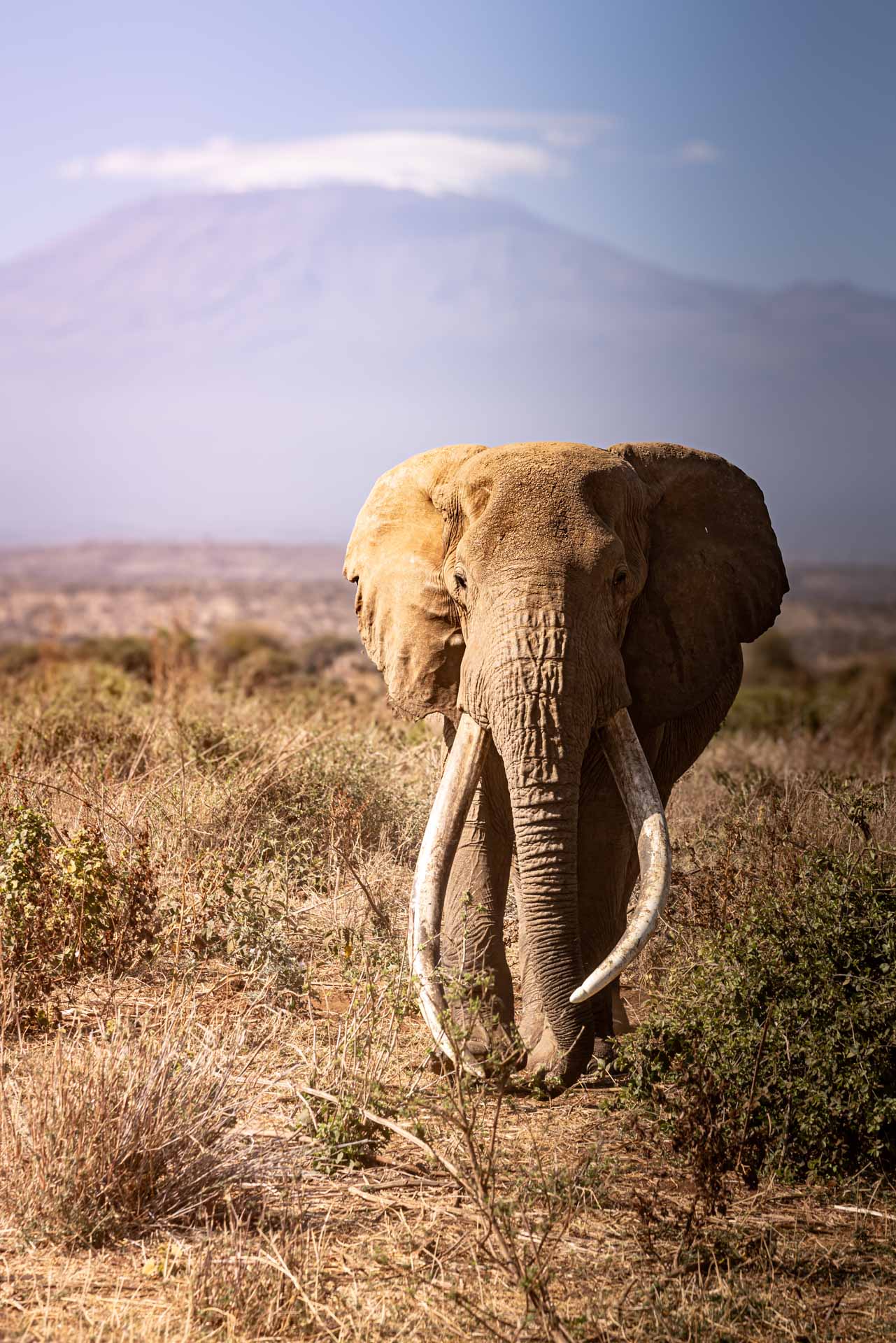
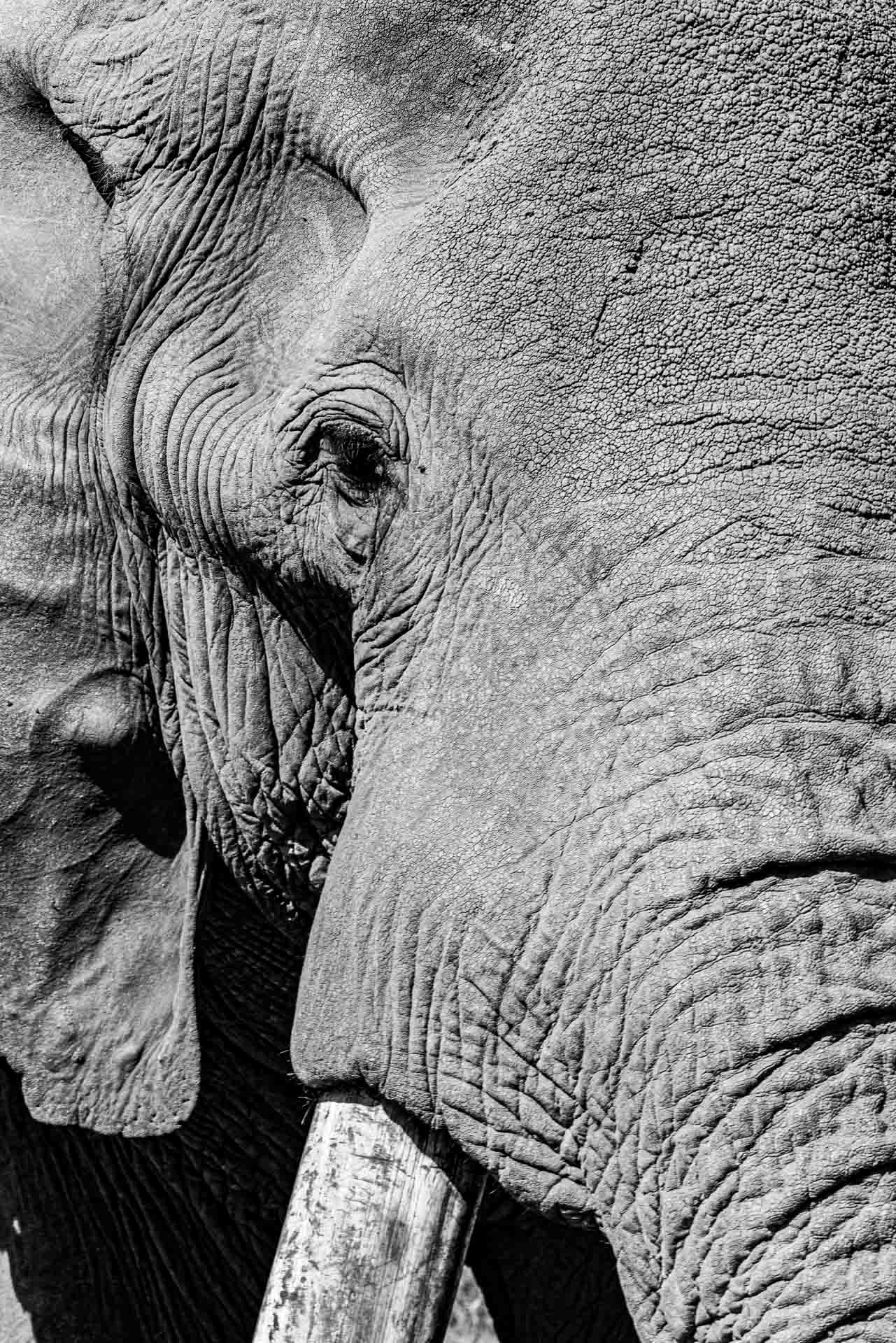

As I lay on the vehicle floor, Salash, who has known him for years, carefully positioned us. I waited for the right moment as the massive creature came within inches of the vehicle. It was an unforgettable wildlife experience — moments like this make me feel deeply connected to nature and to something far bigger than myself. –Andrew Andrawes

After we had initially thought the Migration was nearing its end, the intermittent rains we are currently experiencing continue to attract massive herds of wildebeest and zebras, which are now surging northwards through the Triangle. More groups are crossing the Triangle towards the border, while the herds ahead are now nearing the northern rangers' post close to Governor’s Camp. The landscape is dotted with animals, creating an air of excitement as the safari drives continue to offer breathtaking views.
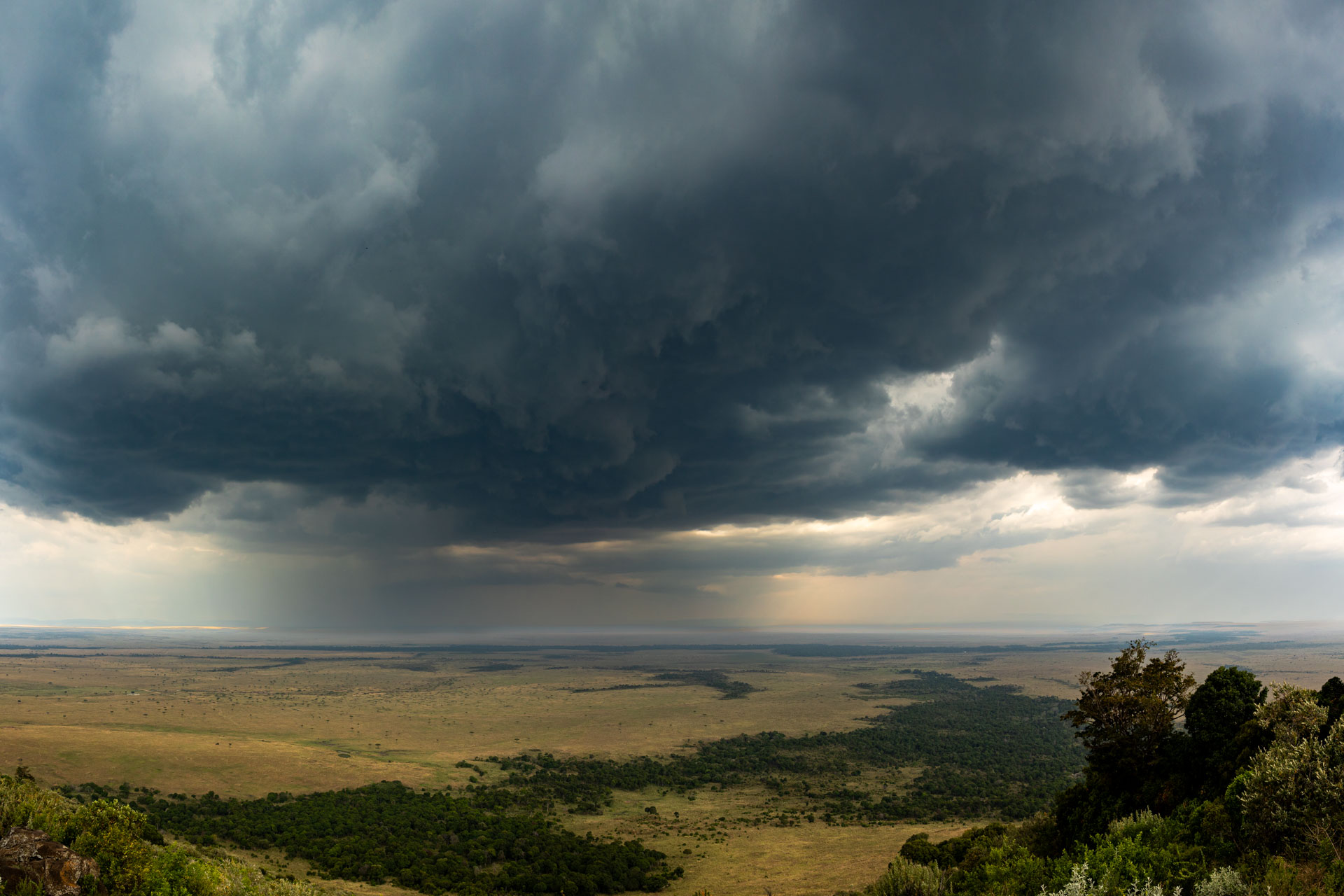
While most herds enter the Triangle through the border, a few small groups still cross the river from the greater Mara. Though these small crossings seem less dramatic, danger lurks beneath the surface. An unfortunate zebra ventured too deep for a drink when a massive crocodile, camouflaged just below the waterline, launched a sudden attack. Caught off guard, the zebra fought desperately, but the crocodile seized its head and dragged it underwater, ending the zebra's struggle.
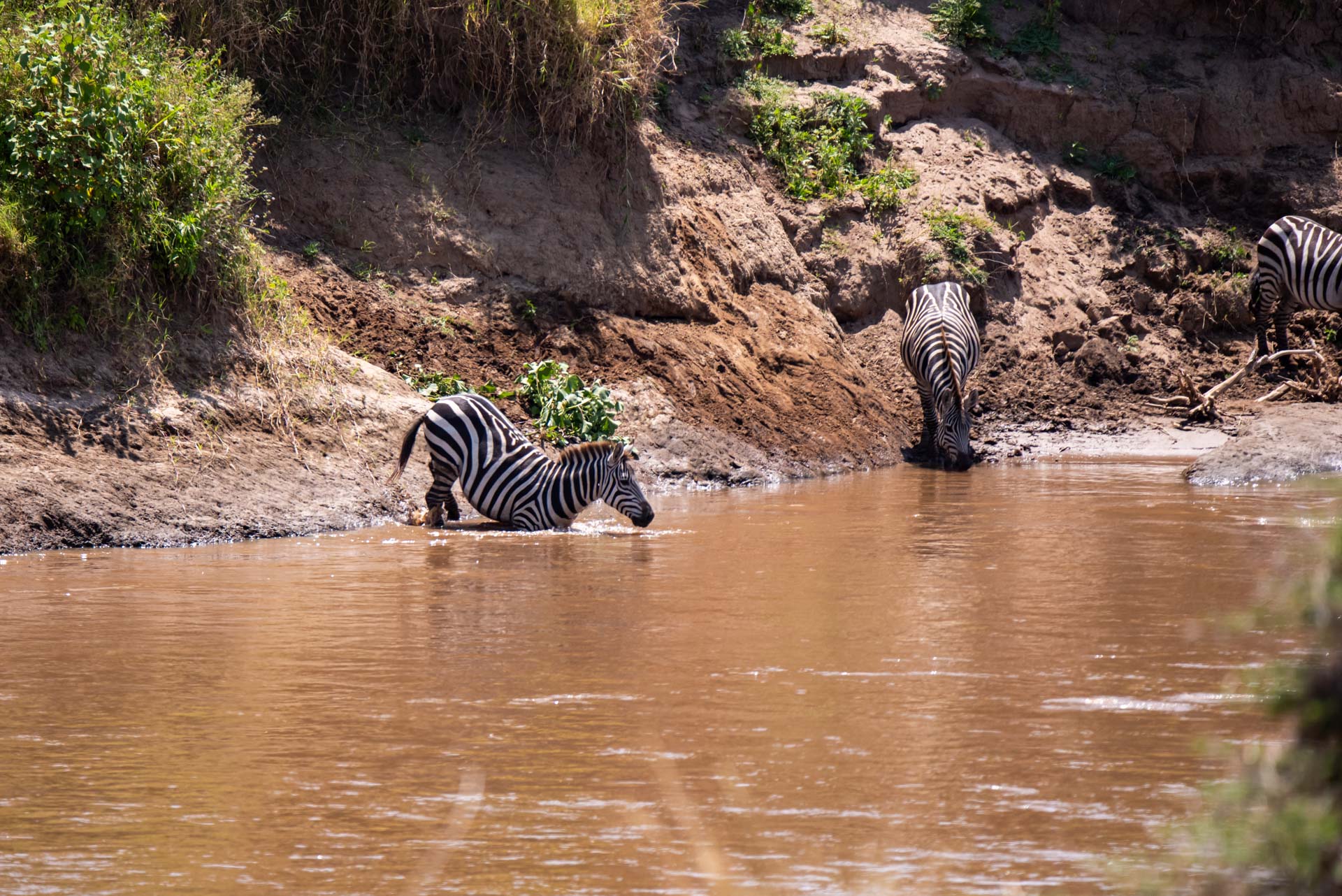
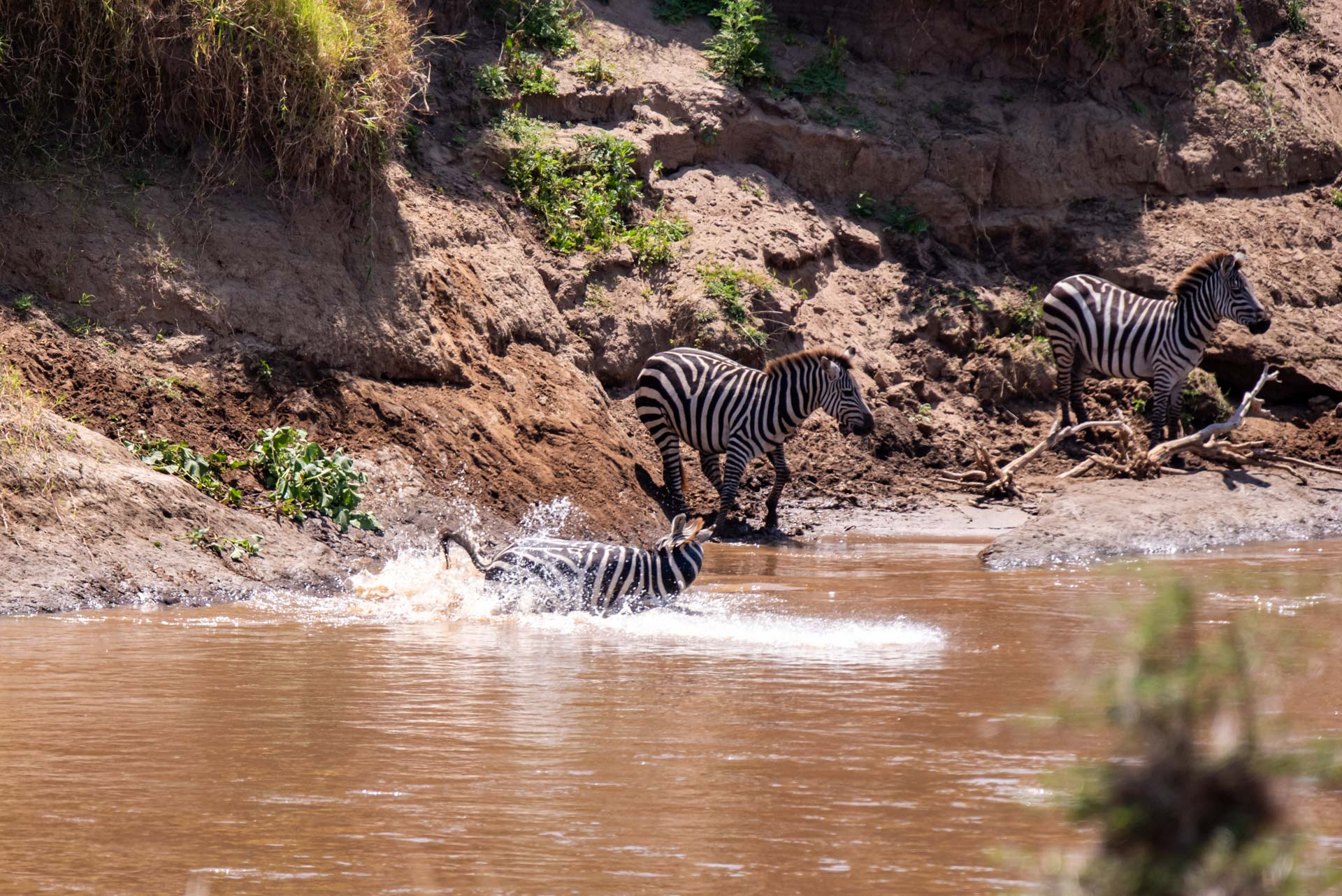

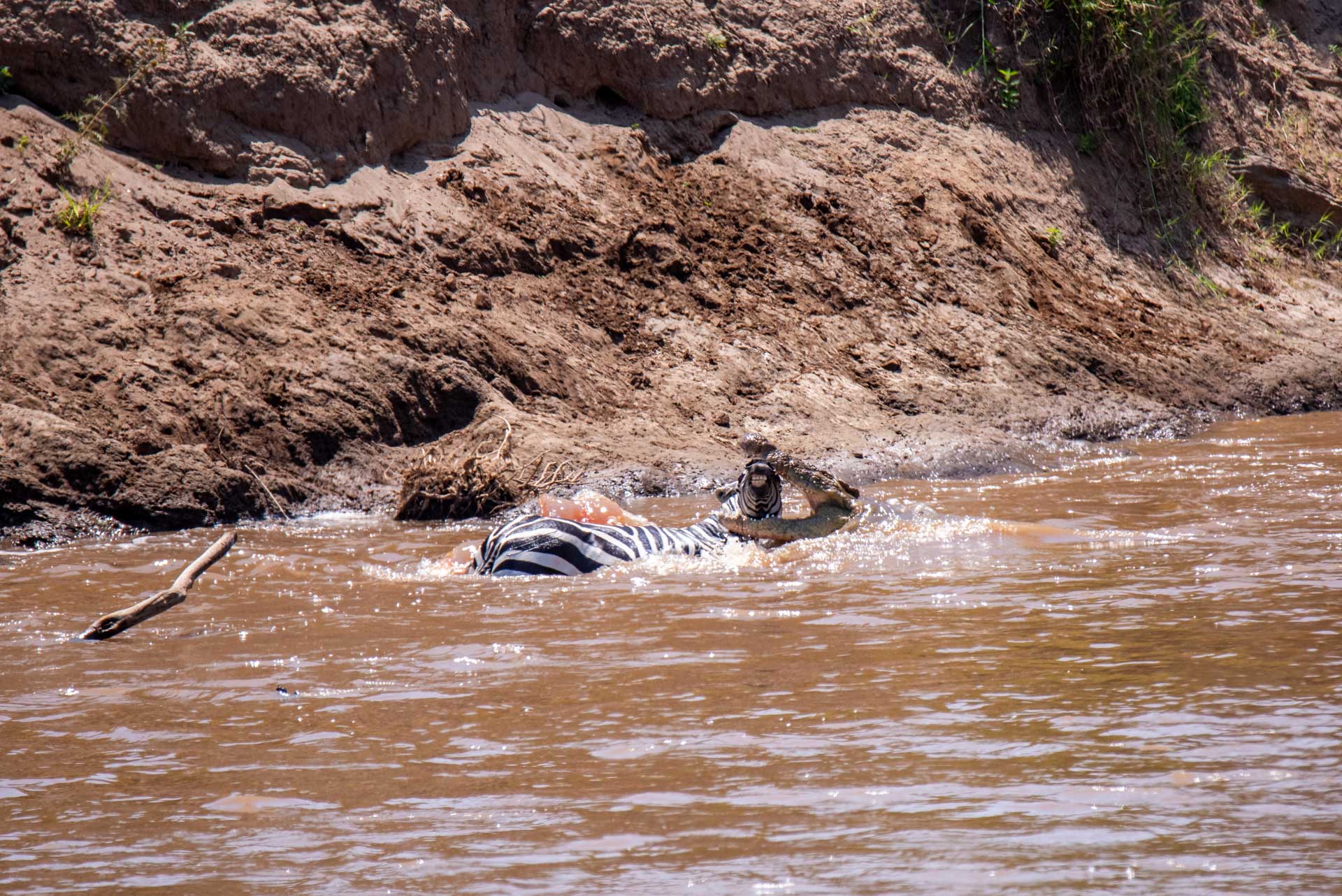
It's not just the crocodiles who still benefit from the abundance of the Migration. Those animals that manage to cross the treacherous waters must face formidable predators waiting on the other side. The Egyptian Pride has been capitalising with frequent gnu or zebra kills. Among them are two tiny cubs, still elusive for a perfect photo. In excellent physical condition, the females display playful energy, chasing one another — evidence that they are thriving and well-fed during this season of plenty.


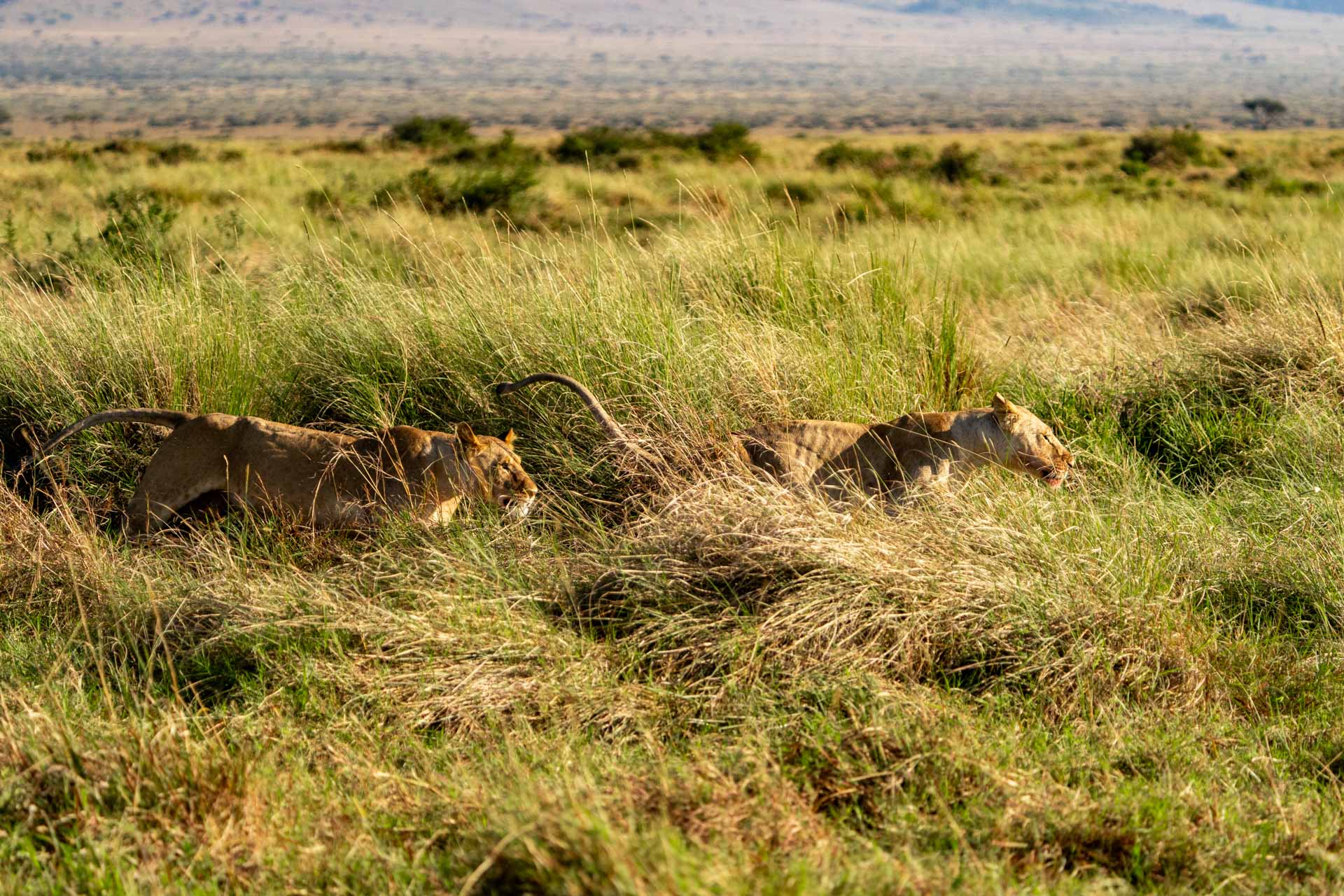
These two unknown male cheetahs are following the Migration in the Triangle, hunting young wildebeests whenever they can. Though they seem shy, they trail the herds, seizing every opportunity. We haven’t identified them yet, but soon, we’ll know who they are and where they came from.
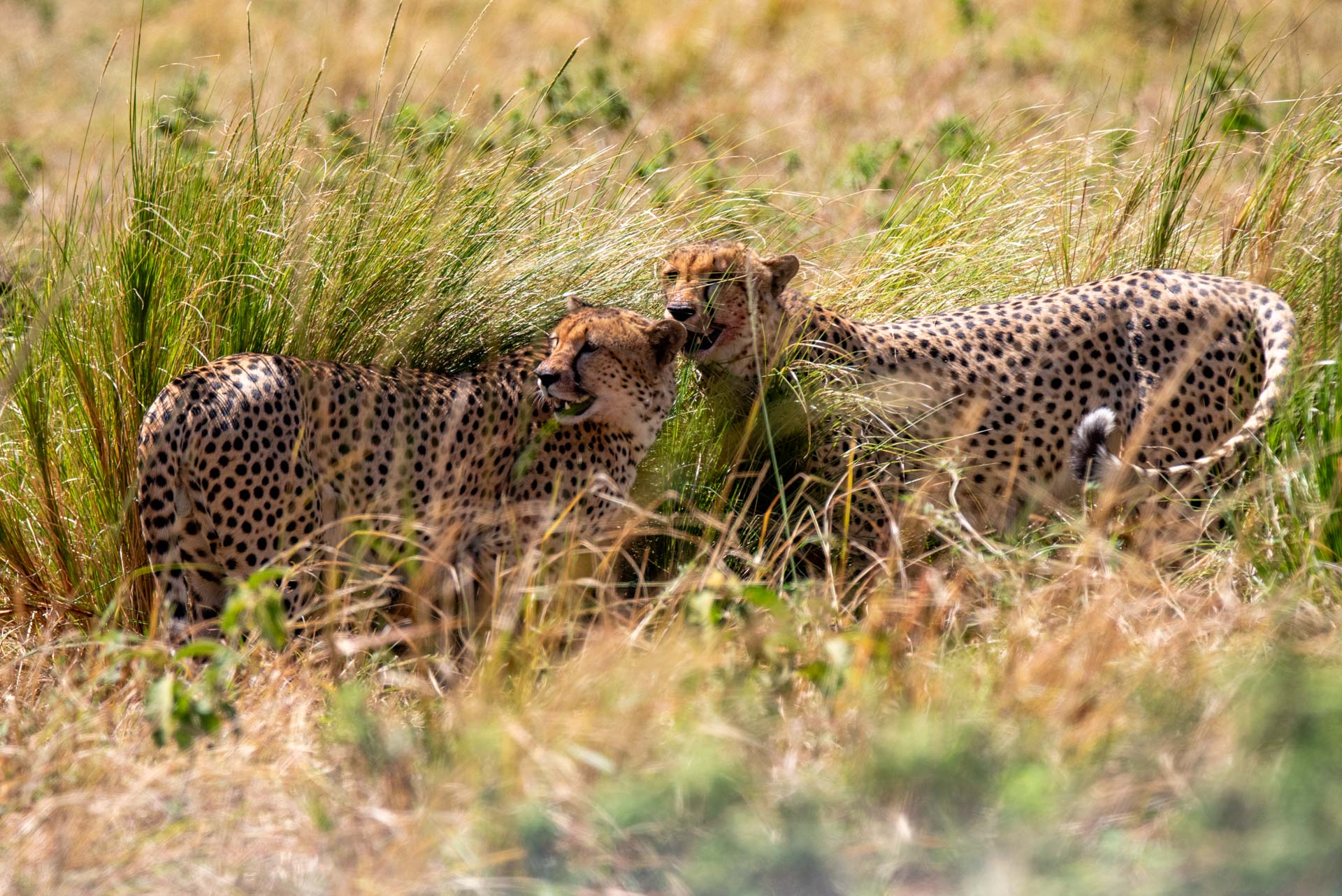
Oloti has been roaming the triangle, tracking the herds as they move along the escarpment toward Angama Mara. Just a few weeks ago, he was in northern Serengeti, following the same herds that provided him with ample hunting opportunities. Though still young, he seems to be thriving, judging by how well he’s been doing lately.
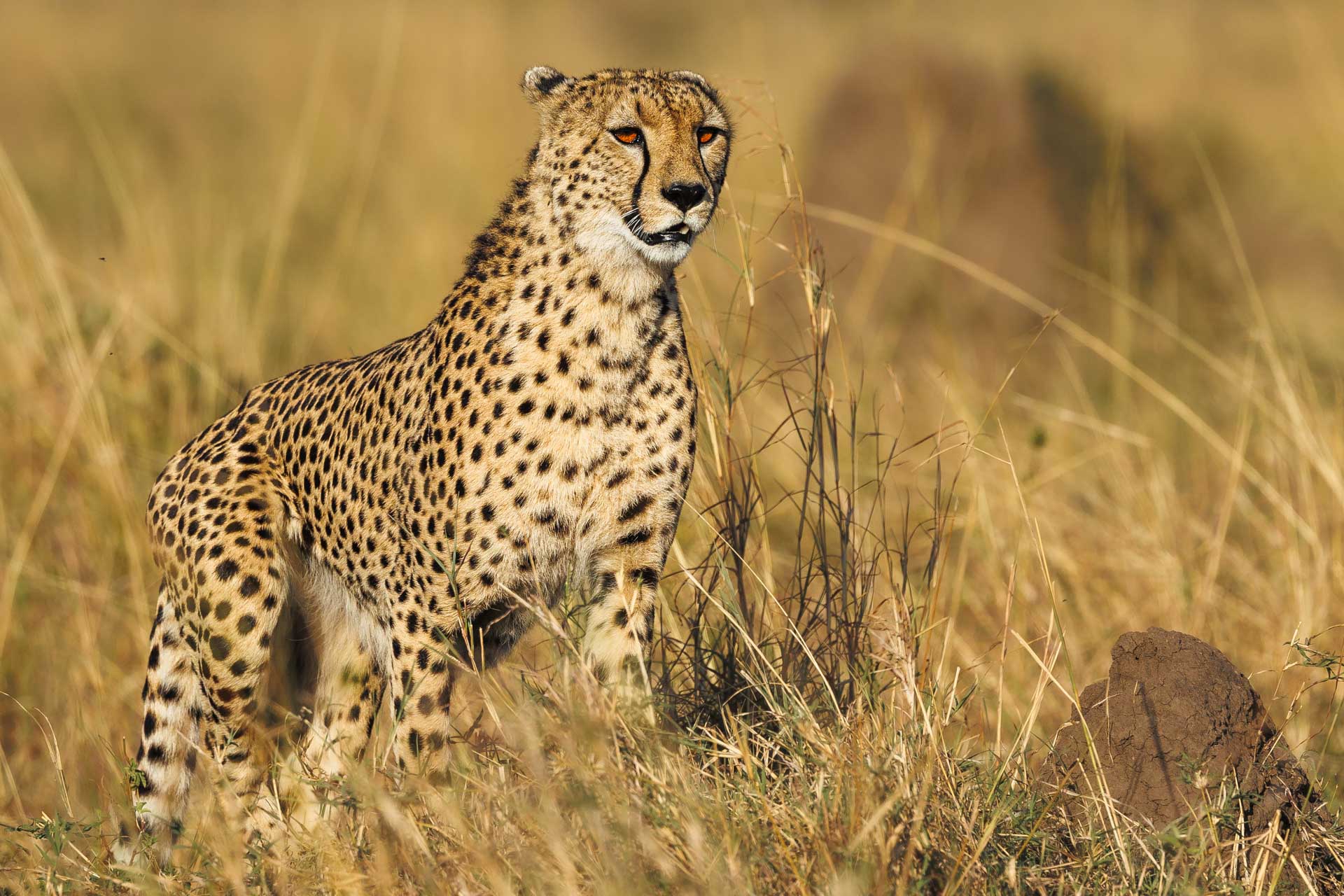
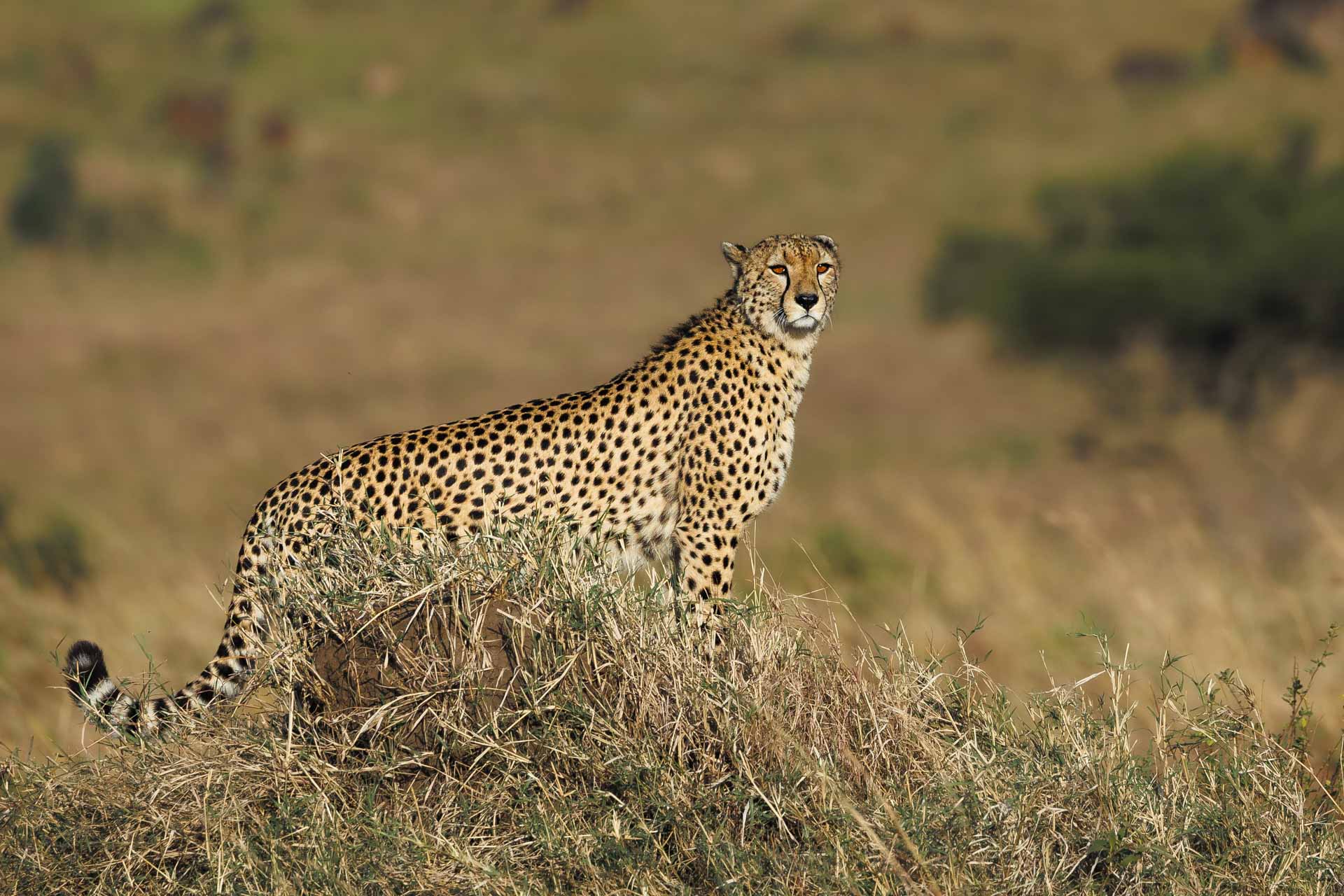
A male lion’s mane is a display of majesty, representing his strength and status and resembling a royal crown of thick, dark hair extending from his head to his chest. It is a powerful symbol of dominance and attractiveness, often indicating his health and reproductive fitness typically favoured by female lions. You can imagine the surprise when Angama Guide, Jeremy, walked into the studio with a photo of an adult male lion without a mane. Some male lions are genetically predisposed to minimal or no mane growth, and testosterone levels can also influence the development of their iconic feature.
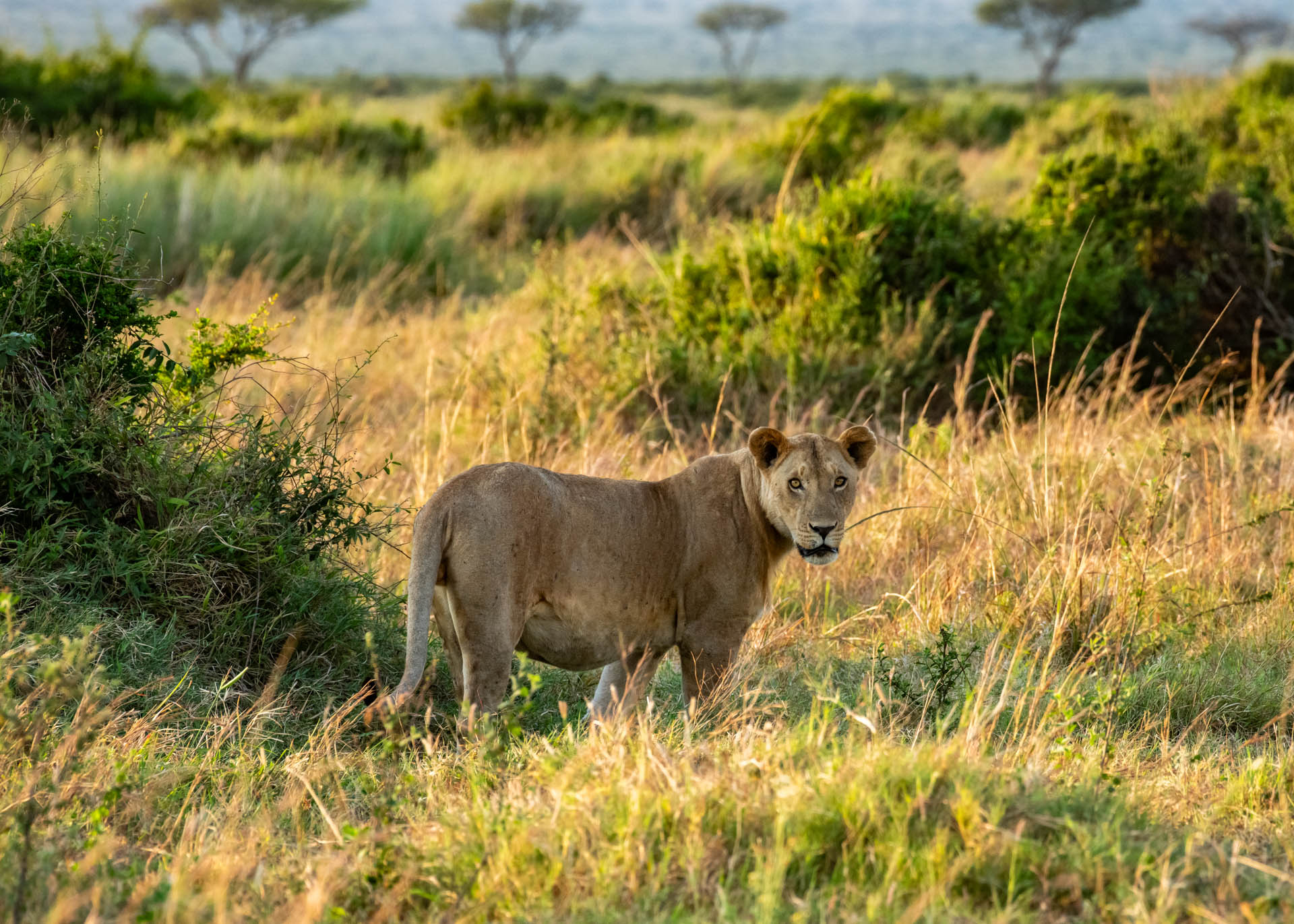
Near the border, we spotted three magnificent male lions, part of a new coalition that moves between the Triangle and the Serengeti. This time, they were mating with two females at the border, possibly from the Border Pride. Their coalition is thriving, and these are some of the most impressive males we’ve encountered in the Triangle.
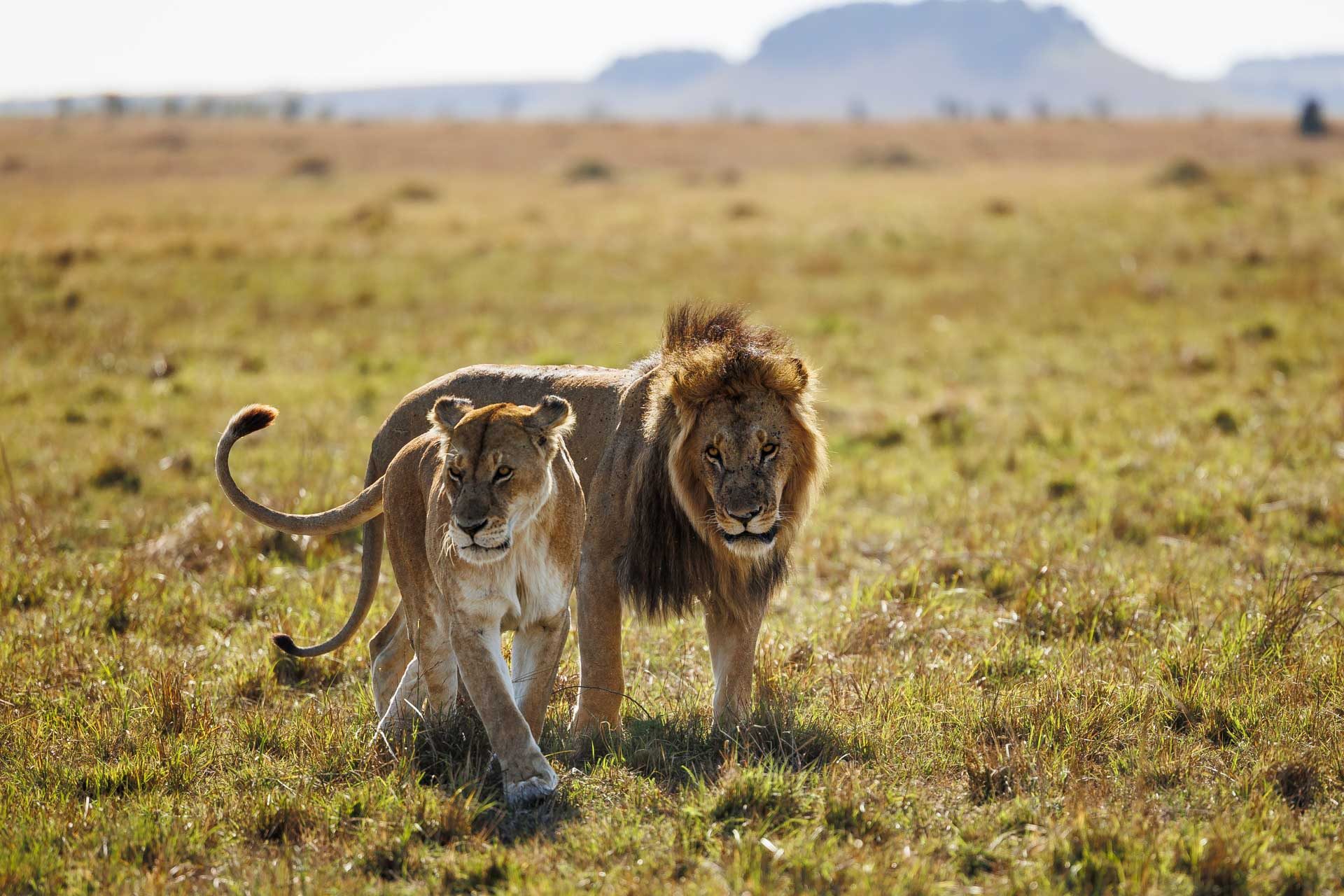
When leopards encounter lions, it often turns tense and dangerous. Knowing lions are stronger, leopards stay alert to avoid them, and if they sense lions nearby, quickly flee or climb trees to keep hidden. Leopards, being solitary animals without the protection of others, avoid conflict whenever possible. This male leopard escaped easily when encountering two nervous sub-adult lions, dashing into a warthog hole for safety. Had they been adult lions, the outcome could have been much worse.
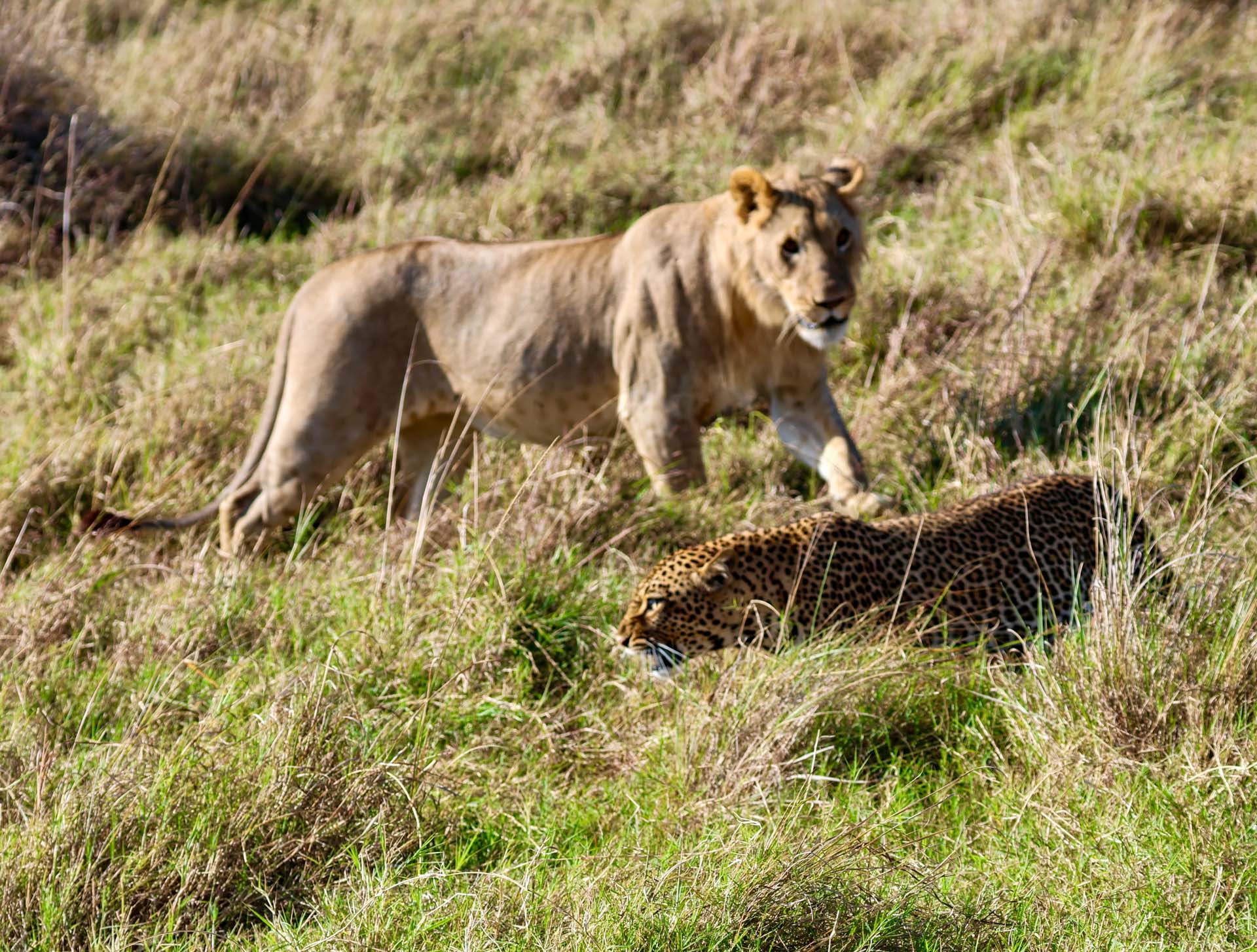
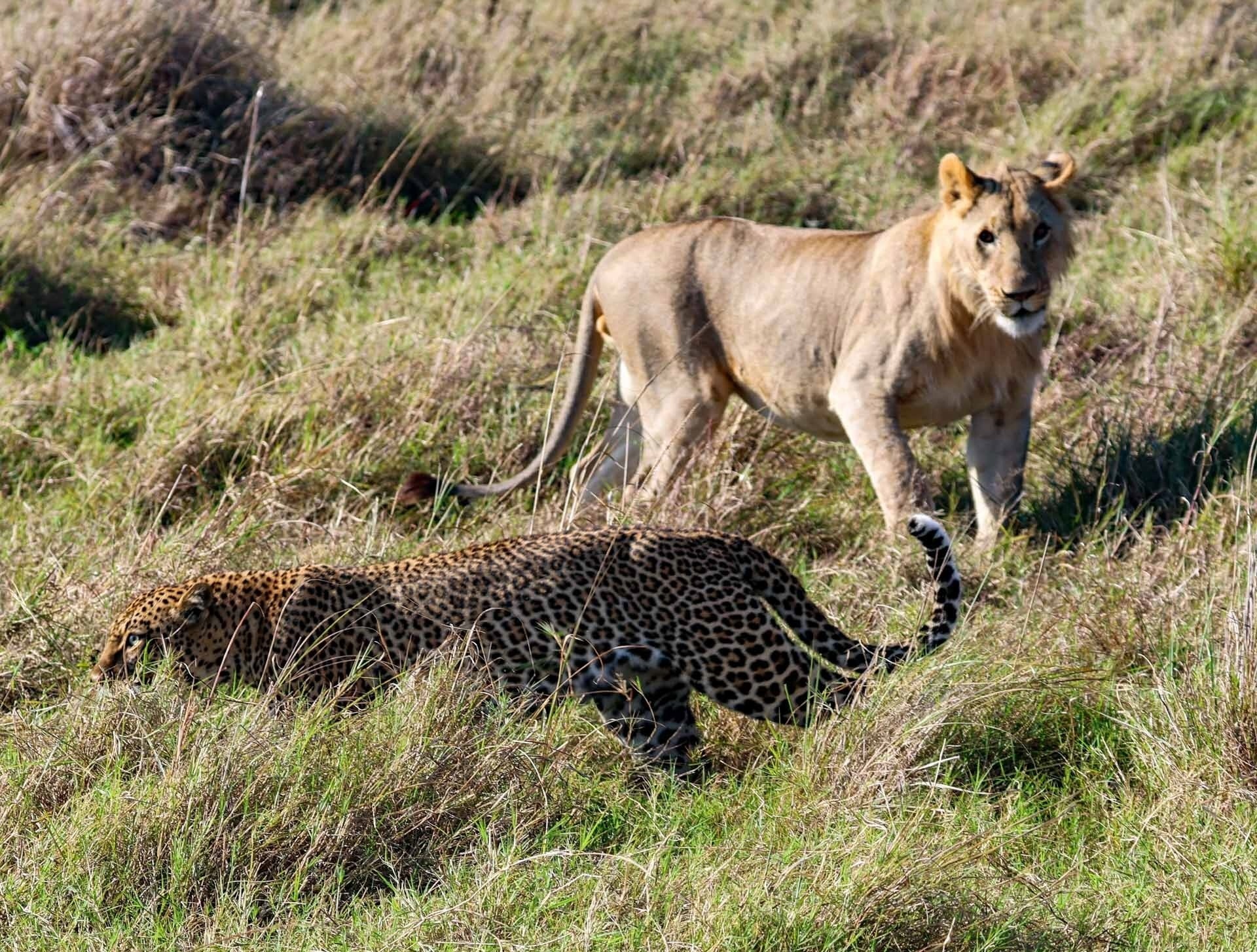
Reaching new heights, this bull elephant stands tall, extending its trunk to find the lush top branches of a desert date tree. These gentle giants are adaptable and very determined when searching for food. –Robert Sayialel


Filed under: This Week at Angama
Subscribe for Weekly Stories
Comments (2):
23 September 2024
I have become an avid reader of Angama's blog and even though I am Kenyan, I feel like there's a lot more to see and experience in the wilderness side of things, the photos are amazing too! I sure will plan for a trip with Angama for sure

The Angama Foundation